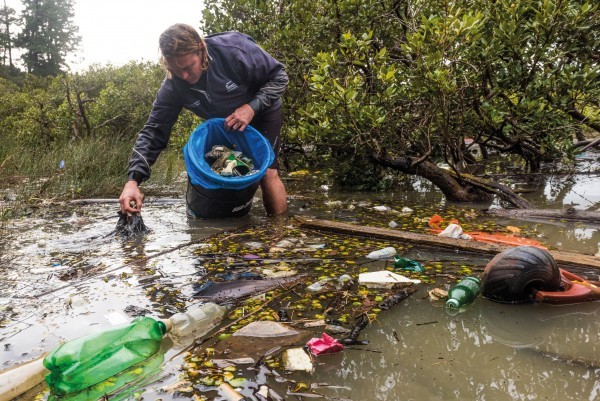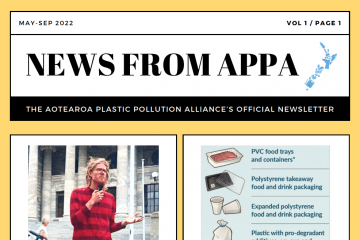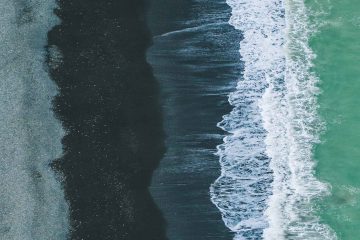Plastic pollution in lakes and rivers

The impact of plastic pollution on marine animals in New Zealand has been observed since the 1970’s, with the discovery of stranded whales with plastic bags lodged deep in their esophagus or plastic ropes and buoys wrapped around their tails (Cawthorn 1984). Around the same time, small plastic particles called microplastics were discovered along New Zealand beaches (Gregory 1977). Despite these early warning signs, reaction has been slow. The amount of plastic litter showing up on our beaches and ending up in the stomachs of marine mammals, sea birds and sea turtles continutes to increase. Research indicates that plastic pollution in freshwater environments (lakes, rivers, wetlands) is likely to present the same threat to wildlife as plastics do in the ocean. With over 70% of our native fish either threatened with extinction or at risk of extinction (MfE/Stats NZ 2017) we don’t know how plastic debris is impacting our most vulnerable freshwater species.

Hayden Smith from Watercare Harbour Clean-Up Trust collects litter from Henderson Creek, Auckland. Photo credit – Jason Hosking
Take a walk down to your local stream or lake and have a look along the shoreline. Lift a few rocks or look behind some vegetation. Once you start to notice the litter you will start to see it everywhere. Most marine plastics originate on land (~80%). When it rains, plastic and other pieces of rubbish are washed into waterbodies where rivers carry it to the ocean. You can see this plastic waste piled up in stormwater catchpits along the roads. Sometimes this waste is a result of littering and dumping while other times it is a result of carelessness. Plastic, intended for recycling or the landfill, can be carried by the wind and rain to nearby waterbodies. Increasingly, community litter clean-up events are focussing on freshwater habitats, particularly streams and rivers, to collect this waste before it makes it way to the ocean.

An Endeavour funded research project, lead by Amanda Valois, is currently underway to help understand the role of rivers in transporting plastic waste to the ocean. This project, a collaboration with University of Canterbury, ESR, and
Taranaki Whānui, uses the Kaiwharawhara catchment in Wellington as a case study. We are in the first year of our 3 year study. Find out more here.

